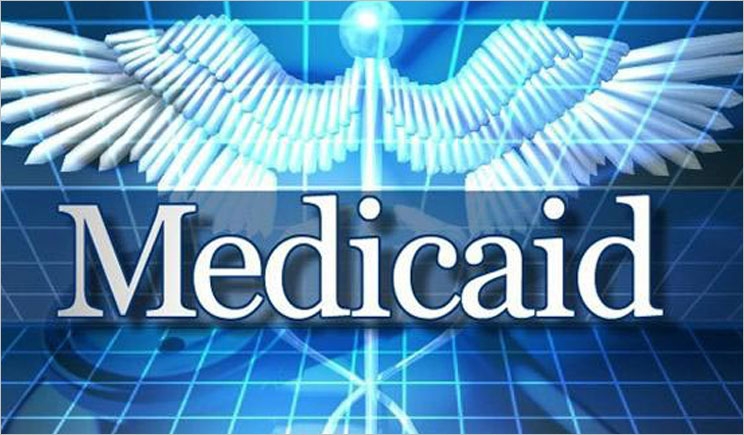
Scrapping adult dental coverage under Medicaid may not save as much money as anticipated, according to a new study.
The University of Iowa study analyzed the data from California, a state that ended adult dental coverage under Medicaid in the middle of 2009. About 3.5 million low-income residents lost dental coverage.
After the change was made, those people made more than 1,800 more visits to the hospital emergency departments for dental care. California ended up spending $2.9 million each year on Medicaid costs for dental care in emergency rooms. Before the dental care was eliminated, that figure was $1.6 million.
Since 2010, Arizona, Massachusetts, Pennsylvania, South Carolina and South Dakota have also cut back or eliminated dental coverage for Medicaid patients. Illinois and Missouri are also considering it.
There are 15 states that currently offer comprehensive dental benefits for low-income adults.
The study shows information from 2006 to 2011 and analyzed the dental problems for low-income adults before and after California eliminated the Medicaid dental benefit. The benefits were partially restored last year. The researchers compiled their data from the Agency for Healthcare Research and Quality.
The researchers determined that there were about 4.4 more emergency department visits per month for dental problems per 100,000 enrollees after California got rid of the benefit.
Young adults and members of some races or ethnic groups were adversely affected by the change.


